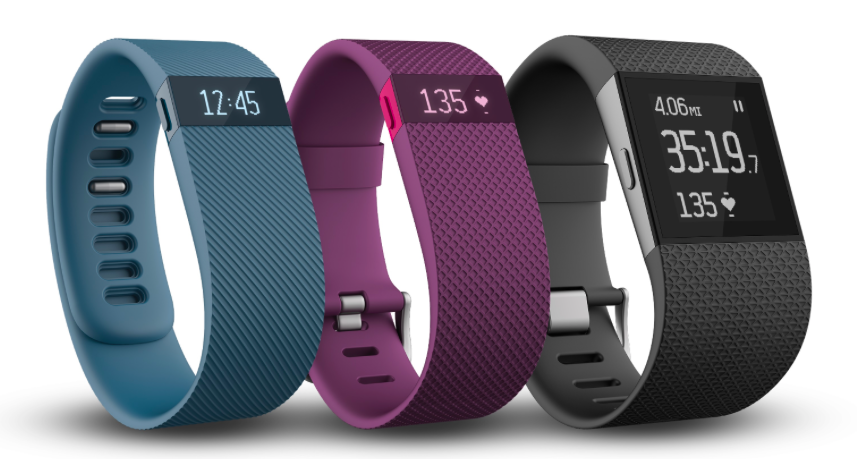Our FitBit, JawBone, Garmin tells us 10,000 steps should be our daily goal. But, where do they get this number from? There is actually no scientific evidence as to why 10,000 should be the magic number.
The 10,000 Idea
The 10,000 steps ideal surged to popularity when the pedometers were introduced. The early version was called manpo-kei which translated to 10,000 steps in English. Over time, 10,000 steps just became the standard baseline what everyone tried to achieve. But does this really work for everyone?
Should You Be Taking More Than 10,000 Steps?
10,000 steps should roughly be equivalent to a 5 mile distance. Of course if you’re trying to be fit, the more steps you take, the better. Why stop at 10,000? Many of us unfortunately live a very sedentary lifestyle. Many of us are struggling to even hit the 3000 mark. However, if your goal is really to be healthy and maintain a healthy weight, this is the very minimum mark you should be hitting – nothing less!
Are Fitness Trackers Accurate?
 Photo Credits: Tech Crunch
Photo Credits: Tech Crunch
Your Jawbone, your Fit Bit does come with a hefty price tag doesn’t it? Some models go up to hundreds of dollars. However these models count you steps, count your calories, and even help analyse your sleeping patterns. They use precision monitor sensors and algorithms to track your steps, your active type and even your idle time. The devices also have a built-in accelerometer that maps the human body’s biomechanics to give you a super accurate number of steps you’ve taken in a day.
Reaching Your Daily Goal
You don’t need one of these expensive gadgets to track your 10,000 steps. If all you want is your step count and you don’t need the rest of the details such as sleeping patterns and calorie-count, you could consider a basic pedometer. They are a lot lighter on your wallet and performs the very same function of counting steps. Try increasing your daily steps by 10-20 percent. Take the stairs instead of the lift! Make a lifestyle change!


